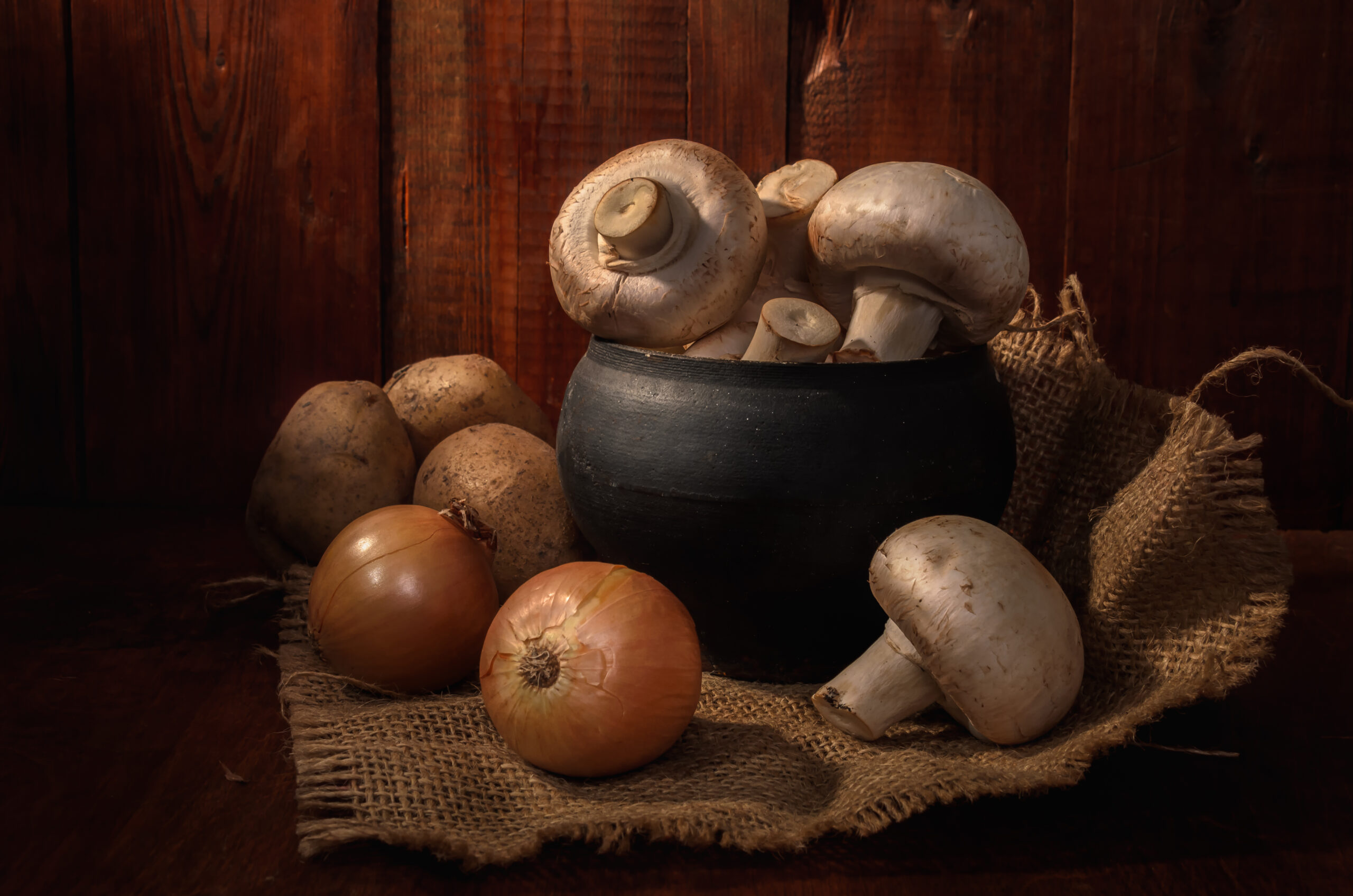
A Day in the Life of a Mushroom Farm: From Cultivation to Harvest
A mushroom farm is a fascinating place where science, nature, and hands-on care meet to produce one of the world’s most nutritious foods. Unlike traditional farms, mushroom farms operate indoors in carefully controlled environments, ensuring the perfect conditions for these delicate fungi to flourish. Join us as we walk through a typical day in the life of a mushroom farm and explore the dedication that goes into growing each crop.
6:00 AM – Checking the Growing Rooms
Every day on a mushroom farm begins with a thorough check of the growing rooms. Mushrooms require specific levels of temperature, humidity, light, and air quality to thrive, so these factors are closely monitored and adjusted as needed. Farm staff check each room’s climate controls to ensure everything is in the optimal range, typically between 55-65°F with high humidity. A slight change in any of these factors can impact growth, so the team’s early morning rounds are essential.
7:00 AM – Preparing Substrate for New Batches
The substrate – the material on which mushrooms grow – is a key ingredient in successful mushroom farming. At this time of day, farm staff prepare fresh substrate made from materials like straw, sawdust, or compost. This mixture is pasteurized to kill any harmful microbes and ensure a clean environment for the mushrooms. Preparing substrate is labor-intensive, but it’s crucial for creating a nutrient-rich base for new crops to grow.
9:00 AM – Inoculating the Substrate with Mushroom Spawn
Once the substrate is ready, it’s time for inoculation. Mushroom spawn, which contains the spores or mycelium of the mushroom, is carefully mixed into the substrate. Each type of mushroom requires a different strain of spawn, so the team follows precise guidelines. After inoculation, the substrate is placed in growing containers or trays, which are then moved into dark, humid rooms where the mushrooms begin their growth cycle. This process marks the start of a new crop’s journey.
11:00 AM – Monitoring Growth Stages
Throughout the day, farm staff monitor mushrooms in various stages of growth. The early stages, called the spawn run, take place in darkness as the mycelium spreads through the substrate. Once the mycelium fully colonizes the substrate, light is introduced to trigger fruiting – the stage where mushrooms start to form. Observing each stage helps the team anticipate the harvest and ensure that every mushroom develops perfectly. Workers check for signs of contamination or irregular growth and adjust conditions as needed.
1:00 PM – Harvesting the Mushrooms
Harvesting mushrooms is a delicate, hands-on process that often takes place several times throughout the day to ensure optimal freshness. Depending on the variety, mushrooms are ready to harvest within just a few days to weeks of fruiting. Workers carefully pick each mushroom by hand, taking care not to disturb the remaining crop. Harvested mushrooms are immediately placed in cool storage to maintain their quality and freshness. This hands-on approach helps ensure only the best mushrooms make it to market.
3:00 PM – Sorting, Packaging, and Quality Control
After harvesting, the mushrooms are sorted by size, appearance, and quality. The team inspects each mushroom for bruising or damage, ensuring only the finest ones are packaged for sale. Mushrooms are often packaged on-site to reduce handling and maintain their delicate texture. Packaging is also designed to keep them fresh and protected, whether they’re heading to grocery stores, restaurants, or wholesale distributors.
5:00 PM – Cleaning and Sanitizing
Cleanliness is paramount on a mushroom farm to prevent contamination. At the end of each day, the team sanitizes all growing rooms, equipment, and workspaces. Any substrate that has completed its growth cycle is removed and composted or repurposed, helping maintain the farm’s sustainability. The rigorous cleaning routine ensures a sterile environment for the next day’s work and supports the health of future crops.
7:00 PM – Preparing for the Next Day
Before closing, farm staff review the day’s work, make adjustments to climate settings, and prepare any supplies needed for the following day. They may also take notes on the growth progress or harvest yields to track the farm’s productivity. With everything set for the next day, the team wraps up, knowing their hard work has contributed to a fresh batch of mushrooms for the community.
The Unique Challenges and Rewards of Mushroom Farming
Mushroom farming requires patience, precision, and a deep understanding of these remarkable fungi. Unlike other crops, mushrooms have a quick growth cycle and delicate nature, so daily care is essential. Each day’s work brings a mix of challenges and rewards, from maintaining strict climate controls to watching new crops sprout. Despite the complexity, mushroom farmers find immense satisfaction in producing a nutritious, sustainable food that supports both people and the planet.
Conclusion
A day on a mushroom farm is filled with dedication, hands-on care, and constant monitoring. From preparing the substrate and inoculating the spawn to harvesting and quality control, every step is essential in cultivating high-quality mushrooms. For those who work on mushroom farms, it’s a unique blend of science and agriculture that brings healthy, fresh mushrooms to tables far and wide. The next time you enjoy a dish with mushrooms, remember the meticulous process that goes into each harvest, supporting a truly sustainable food source.